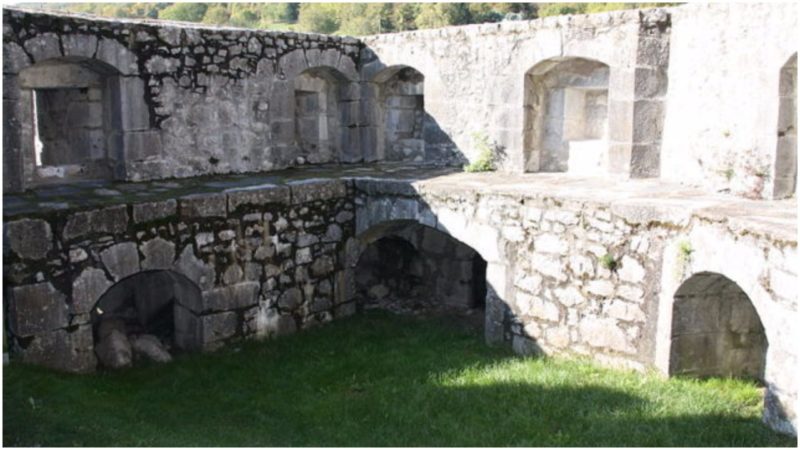The Château de Miolans stands in the hamlet of Miolans and little farther from the town of Montmélian, at the point where the rivers Isere and Arc meet, halfway between France and Italy. Its position was of high strategic importance and controlled a trade route that once passed through these parts.
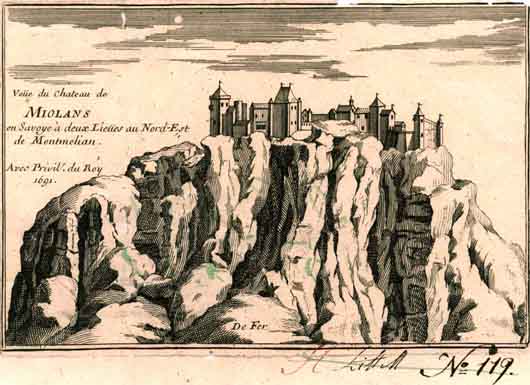
The Fortress of Miolans was a home at first and then a prison overlooking the lowlands of Combe de Savoie for it stood some 200 meters above it on a rocky cliff-edge that is part of the Arclusaz Mountains. This fortress also keeps a watchful eye over another valley known as the Maurienne.
For many long years, this fortification has lain abandoned. Its origins can be traced back as far as 1014. A document from this year makes a clear reference to the Miolans family – one of the old families from Savoy – and further states that they are the proprietors of this estate.
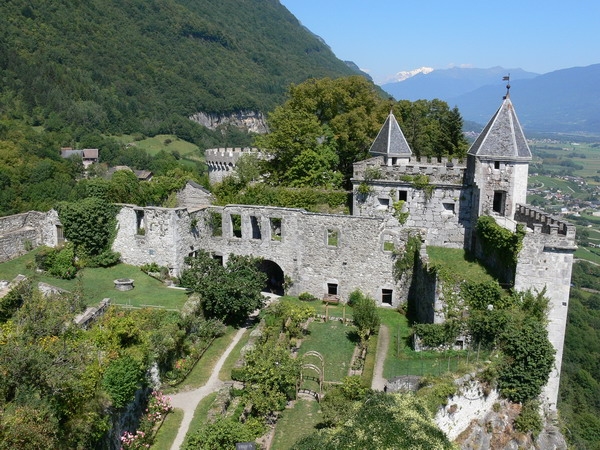
From that point on in time, this fortification just kept growing. The Miolans family decided in 1083 that this chateau needed another tower and so they built one. Then, hundreds of years later, in the 14th century, this same family decided to add a second tower and further extend the fortress. A couple of hundred years later, Château de Miolans received a third tower.
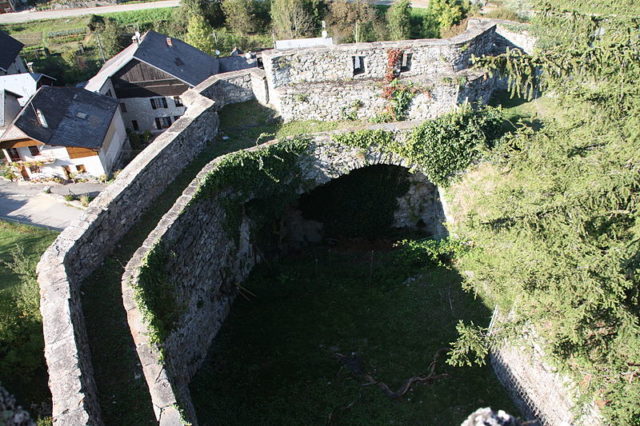
Following some political turbulence, the Miolans migrated to the newly discovered world of America. The chateau was now owned by the Counts of Savoy. One of these counts, Emmanuel Philibert, converted this fort to a prison. This place kept its role as a prison until 1792. As a prison, it was not the most active, for throughout its existence it housed only around 200 prisoners.
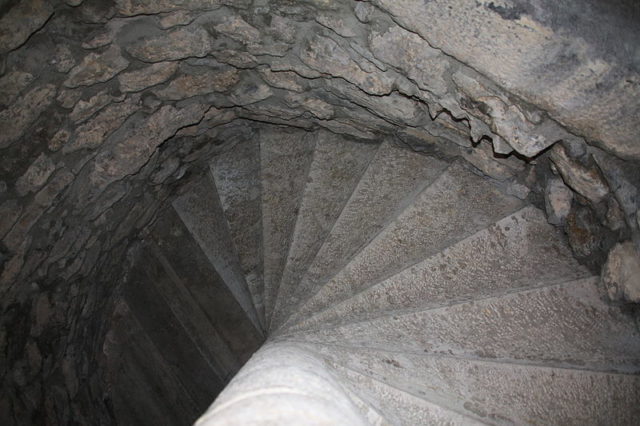
The château earned its own moniker as a prison and became known as Bastille of the Alps. The dungeons too earned their nickname and were known as “hell” or “Purgatory”.
Locked inside were some notable prisoners such as the historian Pietro Giannone or Vincent Rene Lavin, a famous banknote counterfeiter. But the most memorable prisoner of them all was the philosopher, writer, and hedonist, the man whose last name became the origin of the words “Sadist” and “Sadism,” the Marquis de Sade.
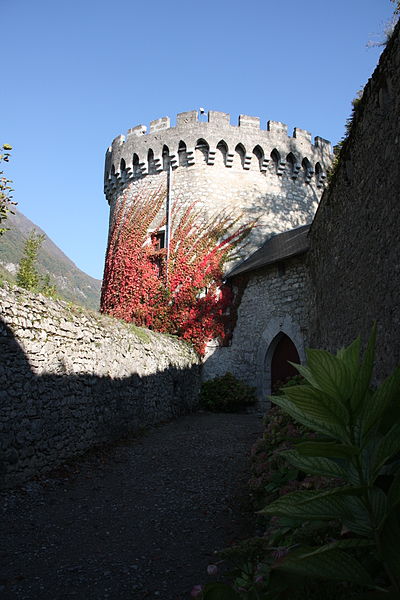
This wasn’t the only prison of Marquis de Sade, for he was incarcerated more than once in his lifetime. He was even admitted to an asylum twice. He spent some years of his life in the Bastille of the Alps.
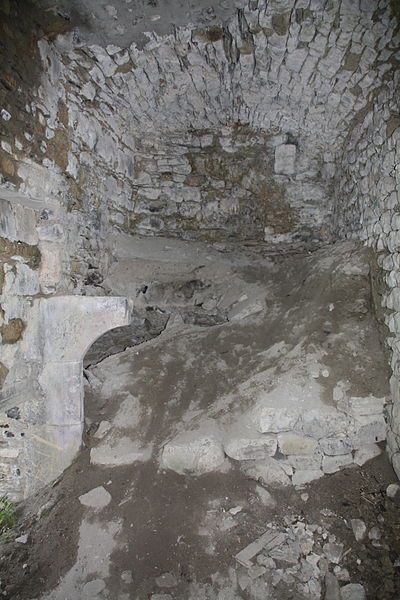
The Marquis de Sade was an infamously resourceful character, and so 1792 he came up with an idea of how to leave this prison with the help of his friends François-Marie’s Alée and Latour. The idea was to ask the guards he could dine together with his friends in the main area. The reason behind this request was simple.
The main dining area was adjacent to a room that by chance had unbarred windows, which meant that escaping them would be possible.
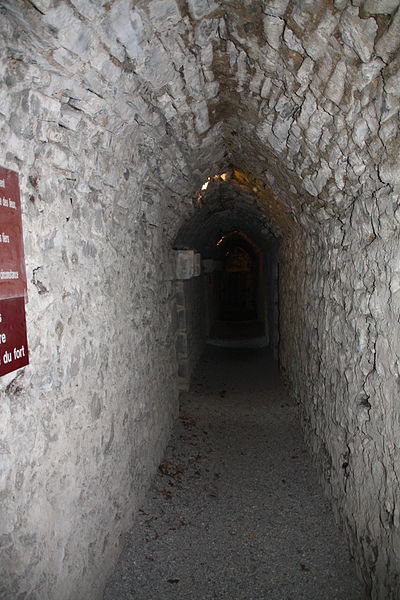
And so it was. They all managed to escape successfully while the guards were unsuspectingly having their own dinner. Before leaving, the Marquis de Sade asked his comrade Latour to leave a note for the guards as well a burning candle.
The note said that the Marquis expressed his sincere gratitude for the way he was treated and that he truly hoped the guards would not get in trouble for his escape.
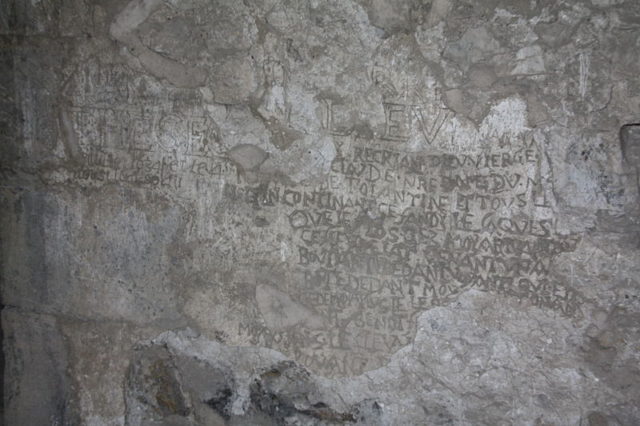
Eventually, the guards came into the room and found it empty with a note on the table. A search party was never gathered for it was too late: the three men were long gone.
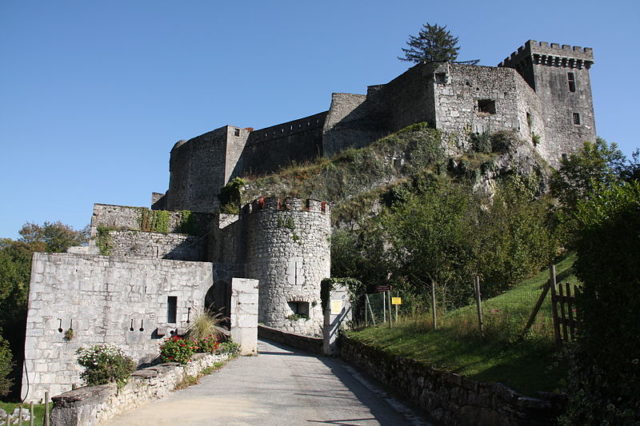
Once the French Revolution happened all of the prisoners were released and the prison remained empty. The castle today lies in ruin. It was listed as a French historic monument in 1944.
